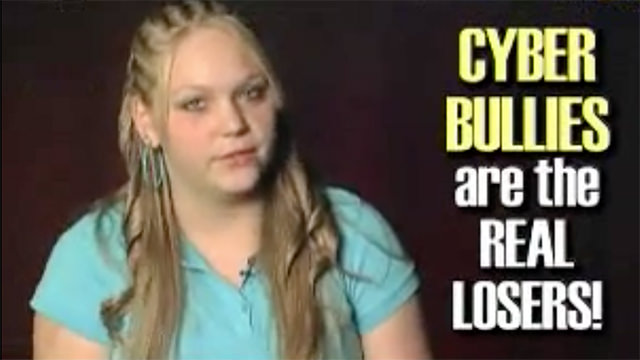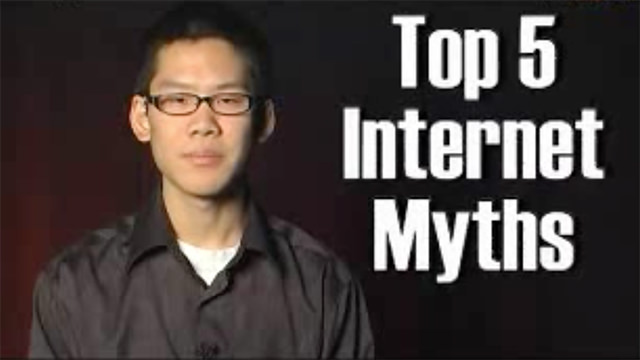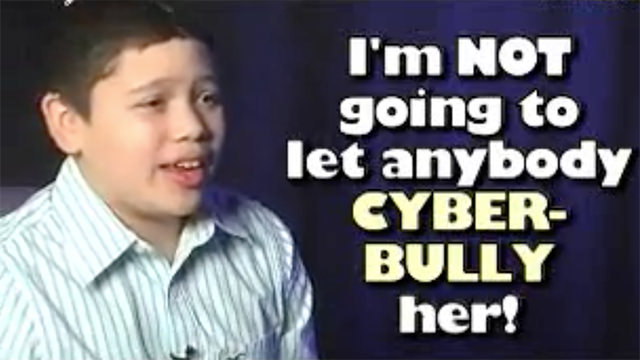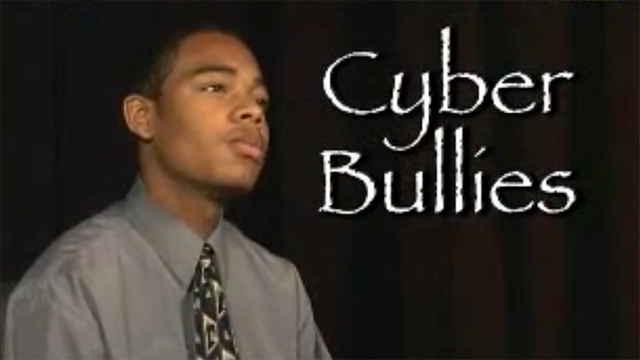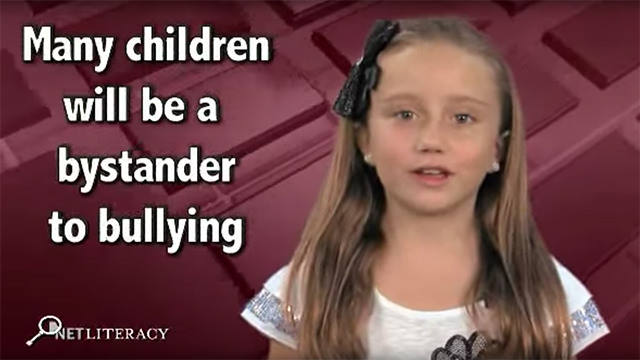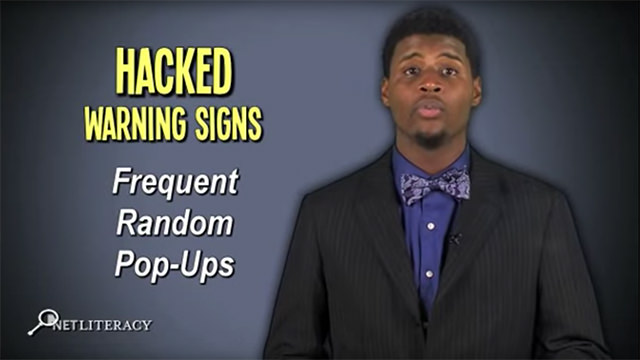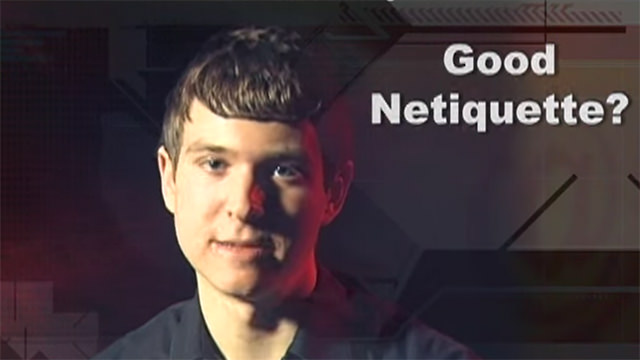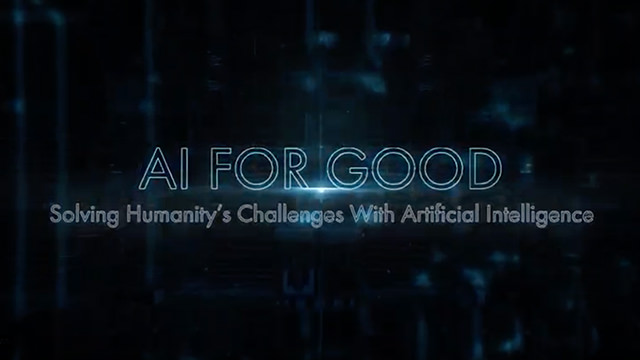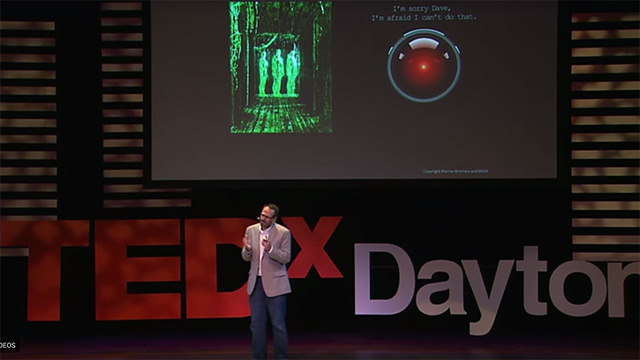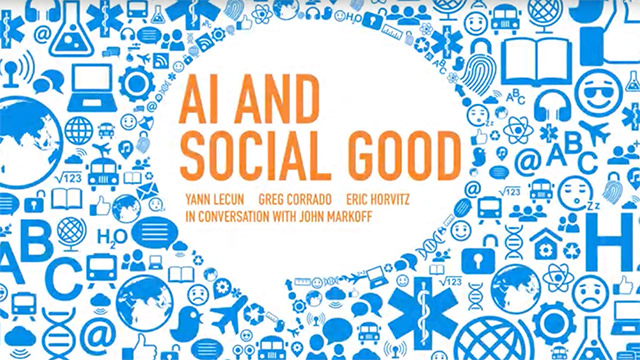Safe Connects Videos Under Construction
Please, read this note, it’s important. Just like in the real world, there is good and bad in cyberspace and we feel that the Internet is a mostly positive place. Because the purpose of these videos are to teach online safety to teens in an engaging way, some of the videos we’ve created are designed to increase awareness about the complexities of techno-panics and outdated information and how they impact the positiveness and civility in cyberspace. So please make certain to present the video using the context of the accompanying narrative. Thanks and email your questions to us at [email protected].
.
Game Over! (what should a bystander do when he sees someone being bullied?) Virtually all students have witnessed online or real world bullying…so showing this video is a good way to start the discussion with other teens. As the student-creators of the video, we are uncomfortable with the term “victim” because we feel that it may reinforce feelings of a lack of power and control to those individuals that are being bullied. It’s a negative and self-defeating term. Discuss our perspective of the word “victim” with the other teens – we’ve founded it to be enlightening and engaging to our fellow classmates. Another subject for discussion is besides telling a trusted adult, what were the bystander’s other options?
.
.
Hanging Out in the Chatroom! (SavvyGirl teaches her friend how to have fun and be safe in chat rooms). Chat rooms are places where friends can talk or chat together and catch up after school. But just like in the real world, you wouldn’t hang out with just anyone online….
.
.
Silent Virus Movie! (SSSssshhhh! Pictures say it all in this movie). It’s easy to avoid getting viruses but watch three students that make a mistake….
.
.
“Password sWITCH” Sometimes a little magic is required when creating a strong password.
.
.
The Queen’s Evil Virus (email safety in the form of a poem with our thanks to the Grim Brothers and their fairy tail, Snow White)
.
.
Is There Something Wrong With Sally? (this short discusses chat room safety in a very deep voice)
.
.
A (Copyright) Pirate’s X Marks The Spot (a humorous short that explains that in the world of copyright law, teens become a pirate when they take content from a prirate)
.
.
A Location Update’s Shadow (okay…we wanted to make a scary short video because we thought it would be cool and chose one that highlighted location updates…while it’s a bit dramatic, the message is be thoughtful when sending location and other information)
.
.
An Innocence Lost (at the request of educators, we were asked to create a high impact short that focused on net predators…we think the best way to use this video is explain this is what parents fear and when we use good judgement in the real world and online, there’s NO chance of meeting a net predator)
.
.
Explicit Photos (Warning to website visitors – this is a disturbing video that we produced and is to be used as part of a larger discussion. Sexting (or sending embarrassing or explicit photos from a computer or cell phone) is an example of how a poor decision can potentially impact a teen’s net reputation. How prevalent is sexting among teens? Research conducted in 2009 by the Pew Internet & American Life Project’s Amanda Lenhart in a study entitled Teens and Sexting indicated that 4% of teens have sent embarrassing or explicit videos or pictures and 15% of teens have received them, although more recent research suggests that this number could be higher. As we understand it, sexting is not, as some reports suggest, an epidemic where most teens exchange nude photos as part of their everyday lives. However, since the research on sexting appears to be evolving and because the potential of teens adversely impacting their net reputation is high if an embarrassing or explicit pictures were to go viral, we thought it appropriate to include a dramatization of an actual incident that occurred earlier this year at a school attended by some of the students in our program. This video can be used as an example of poor decision making and to demonstrate that sexting is really uncool. This video should not be taken out of context or used to create techno-fear. Instead, it can be used in a discussion about how a decision can impact a teen’s real world and net reputation – but only when this is part of a balanced and positive conversation about teen decision making.)
.
.
An Explicit Digital FOOTprint (it’s a serious subject with a twist to foster a discussion about how some teens feel the Internet makes them invisible, child pornography, and online reputation). Discussion questions: (a) do some teens feel as if the Internet make them invisible, (b) what is child pornography – and what is it not, (c) describe one real world experience where a person’s career was adversely impacted because of a past decision.
.
.
A Love That Was Lost (Based upon a real story that actually happened to the editor of this video, a guy doesn’t think before he clicks and then a few days later, realized he really had feelings for the gal that was the subject of his comments. Sadly for this guy as is the case in the video, there was no way to undo the texts or the resulting bad feelings. This should lead to a discussion about thinking before we click…and how saying something in the real world versus texting or posting something on line can have different results.)
.
A Digital Heartbreak (Because even an innocent picture can be taken out of context and misunderstood, it’s smart to keep some personal (digital) information private. This was also based upon a real story – they eventually got back together but this really stressed their relationship.)
.
The Third Strike (This is a comedic fiction about a hapless student that doesn’t use good netiquette and ends up paying the ultimate price by striking out.)
.
